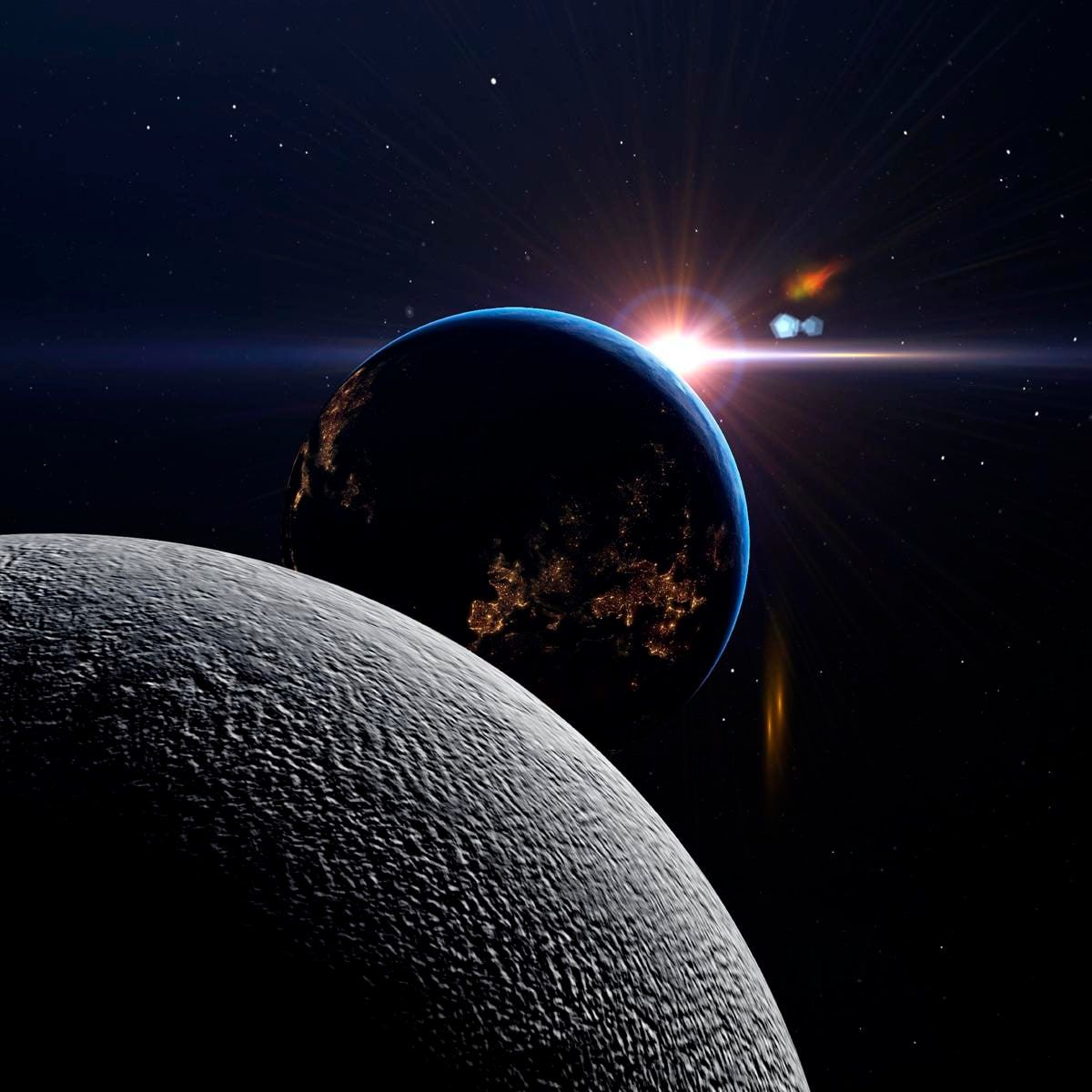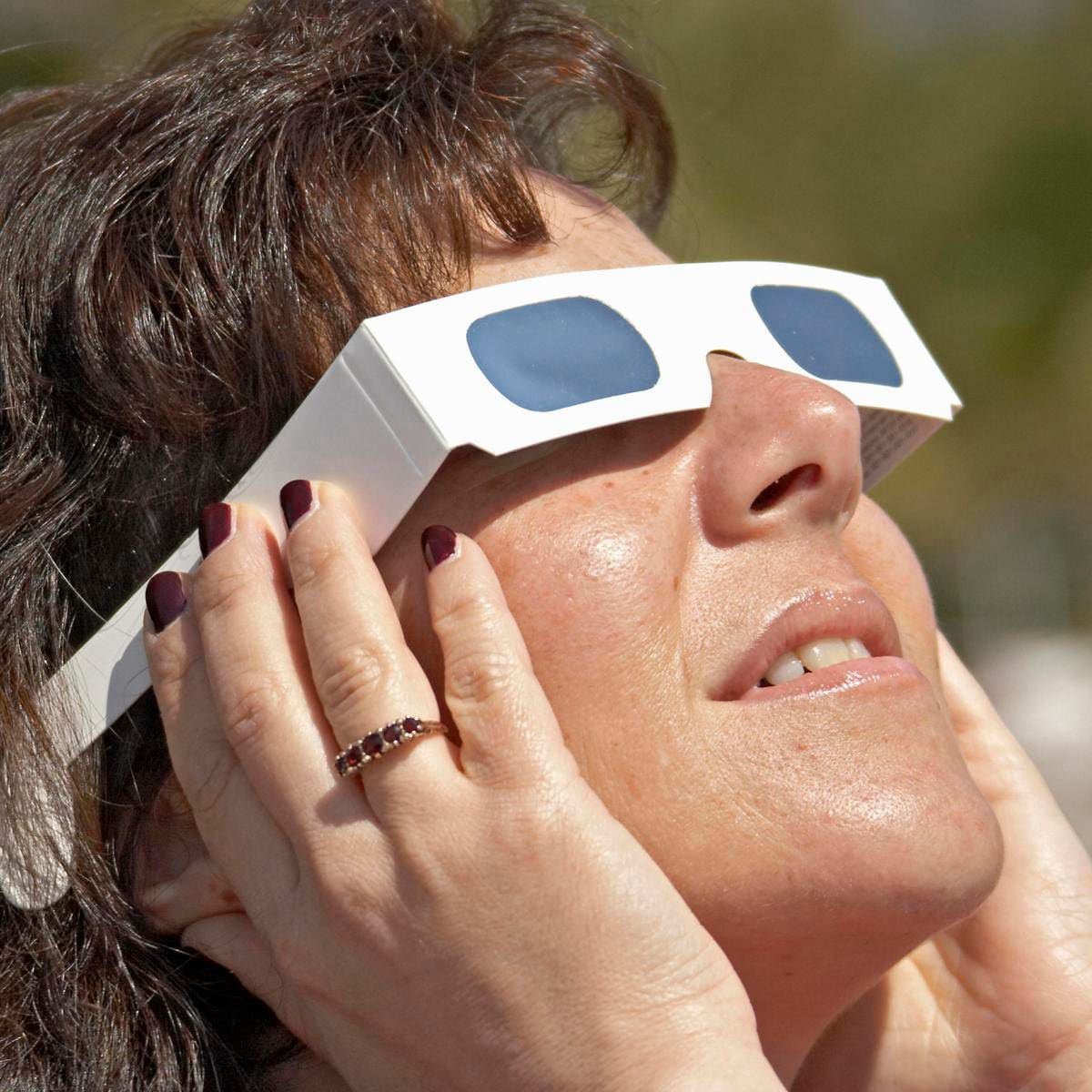Mark your calendars and ready your viewing equipment because on April 8, 2024, North America will be treated to a rare event: a Total Solar Eclipse. This natural phenomenon will be the first visible in the United States since 2017 and the last until 2044. This is an event to be noticed for skywatchers and astronomy enthusiasts alike.
When and Where?
The Total Solar Eclipse of 2024 will grace the skies over North America, beginning its journey over the South Pacific Ocean. It will land in Mexico, traversing the United States and extending into Canada. The eclipse is set to start over Mexico’s Pacific coast at approximately 11:07 a.m. PDT, with the path of totality entering the United States through Texas. From there, it will sweep through states, including Oklahoma, Arkansas, Missouri, Illinois, Kentucky, Indiana, Ohio, Pennsylvania, New York, Vermont, New Hampshire, and Maine.
For those outside the path of totality, a partial solar eclipse will still be visible across the contiguous United States, offering a tantalizing glimpse of this celestial spectacle.
Safety First
While witnessing a solar eclipse is undeniably captivating, it’s crucial to prioritize safety. Looking directly at the Sun, even during an eclipse, can lead to severe eye damage or blindness. NASA advises using specialized eye protection for solar viewing, except during the brief total phase of the eclipse when the Moon completely blocks the Sun.
Eclipse glasses or handheld solar viewers are indispensable for safely observing the eclipse’s partial phases. These specially designed glasses block harmful solar radiation, allowing viewers to enjoy the eclipse without risking eye injury.
The Experience
For those lucky enough to be in the path of totality, the experience is expected to be absolutely extraordinary. During a total solar eclipse, when the Moon completely blocks the Sun, the sky will become dark, giving us a rare opportunity to see the Sun’s corona. This soft and delicate light halo is usually invisible to us. You may notice that birds are quiet, and the temperature may drop, which adds to the eerie atmosphere of the moment.
During the fleeting minutes of totality, observers can remove their protective eyewear to witness the Sun’s corona and any surrounding phenomena, such as solar flares or prominences.
Where to Watch
Finding the perfect viewing spot for the Total Solar Eclipse requires careful planning. Ideally, choose a location with clear skies and minimal light pollution. Parks, open fields, and elevated vantage points offer excellent visibility.
Several cities within the path of totality are gearing up to host eclipse viewing events, complete with educational programs, guest speakers, and telescopes equipped for solar observation. Check local astronomy clubs, planetariums, and science centers for organized viewing opportunities.
Remember to arrive early to secure your viewing spot and have all necessary equipment on hand. Be prepared for crowds, and consider carpooling to reduce traffic congestion on eclipse day.
,type=downsize)






